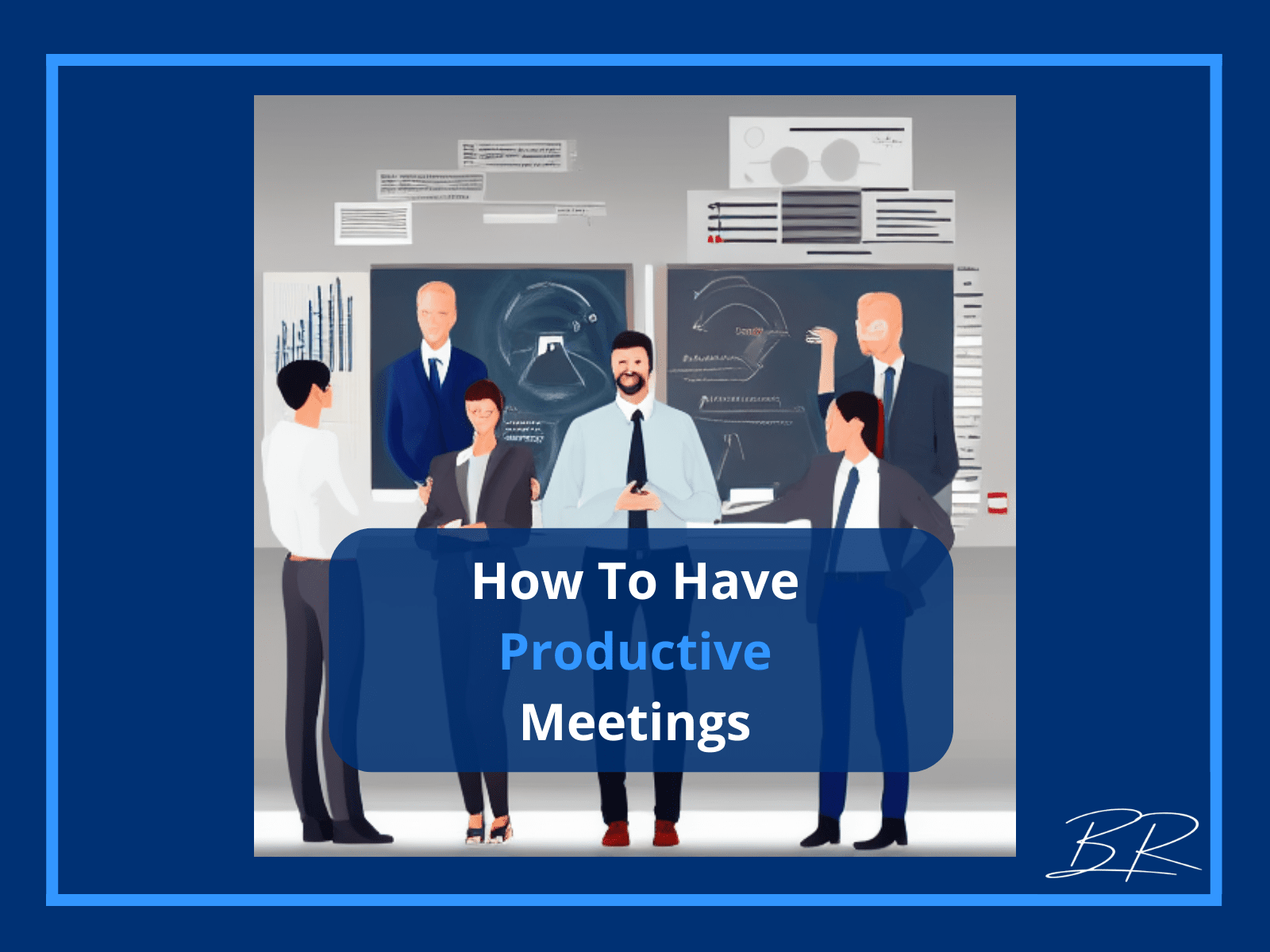How to Make Meetings More Productive (and Less Painful)
This post contains affiliate links that help supports this blog and cost you the exact same. If you do not wish to use affiliate links, then feel free to google the product.
If you’re like most people, the word “meeting” probably doesn’t fill you with a whole lot of excitement.
In fact, it’s probably more likely to elicit a groan or an eye roll. But there’s no need for meetings to be such a pain.
With a little bit of planning and forethought, they can actually be productive and enjoyable!
Additional Productivity Resources
15 Best Productivity Books in 2022 to Help You Get More Meaningful Work Done
The 14 Best Books For Starting A Business
Here are some tips on how to make meetings more productive
Plan Ahead
One of the biggest reasons why meetings tend to be unproductive is that they’re not planned properly. Before calling a meeting, ask yourself:
- What is the purpose of the meeting? It should almost always be to make a decision.
- Who needs to be involved to accomplish the purpose?
- What is the most straight forward way to accomplish the purpose? Is it a phone call, an email, or a meeting?
Note: if more than two people are actively required a meeting is often the most productive way to get to an answer.
Once you know the answers, you can start planning accordingly.
Meeting Agenda
Create an agenda for the meeting and send it out to attendees in advance.
This will help keep everyone on track and focused on the task at hand. And be sure to include start and end times for the meeting so that it doesn’t drag on longer than necessary and so everyone understands the expected depth of the meeting.
The meeting agenda should include the following:
Topics to be Discussed
The meeting agenda needs to clearly define what is going to be discussed. This is the best way to ensure that meetings feel productive and not like a waste of time.
During the meeting, it is critical to stick to the list of predefined topics and not allow tangents that waste time and take the meeting off track.
Action Items
During every meeting, there should be a list of action items created with specific deadlines and the assigned responsible person.
It is critical that each task is clearly assigned to one only individual with a due date.
This will ensure that progress is made on various projects between meetings and that everyone knows what they need to do and by when they need to do it.
Outstanding Topics From The Previous Meeting
If there are any outstanding topics from the previous meeting that still need to be discussed, be sure to put them on the agenda for the current meeting.
This will help ensure that all important issues are addressed in a timely manner and that nothing falls through the cracks.
Status on Action Items Previously Assigned
It is important to review any action items from the previous meeting so that you can ensure that progress is being made and address any issues that may have arisen.
This will help to keep everyone on the same page and reinforce that people will be held to their tasks and deadlines.
The output of an organization is significantly increased simply by everyone doing what they say they will do.
Standing Meetings
If you have regular team or departmental meetings, consider making them standing meetings.
Standing meetings are shorter in duration (usually 15-30 minutes) and are held standing up. This might seem like a small change, but it can make a big difference in terms of productivity.
Standing meetings force everyone to focus and get straight to the point since people will be less willing to stand around and have small talk or side conversations.
Regular Meeting Times
It’s important to have regular recurring meeting times planned in advance so that everyone knows when they need to be available.
This way, there’s no confusion about when the next meeting is and people can plan their schedules accordingly which drastically reduces the need to deadline extensions and excuses.
Require Pre Planning
Seeing a meeting agenda was sent ahead of time, everyone can gather all of the information that is necessary for the meeting.
It should be reinforced that people are prepared before going to the meeting.
Share The Meeting Minutes
Have the meeting minutes sent out to everyone at the meeting immediately after.
This makes the action items and due dates transparent which will keep everyone aligned and making progress.
Conclusion
By following these simple tips, you can make your meetings more productive (and less painful).
So next time you’re feeling dread at the thought of another team meeting, remember that it doesn’t have to be that way! With a little bit of planning, you can make sure that your meetings are actually effective.







